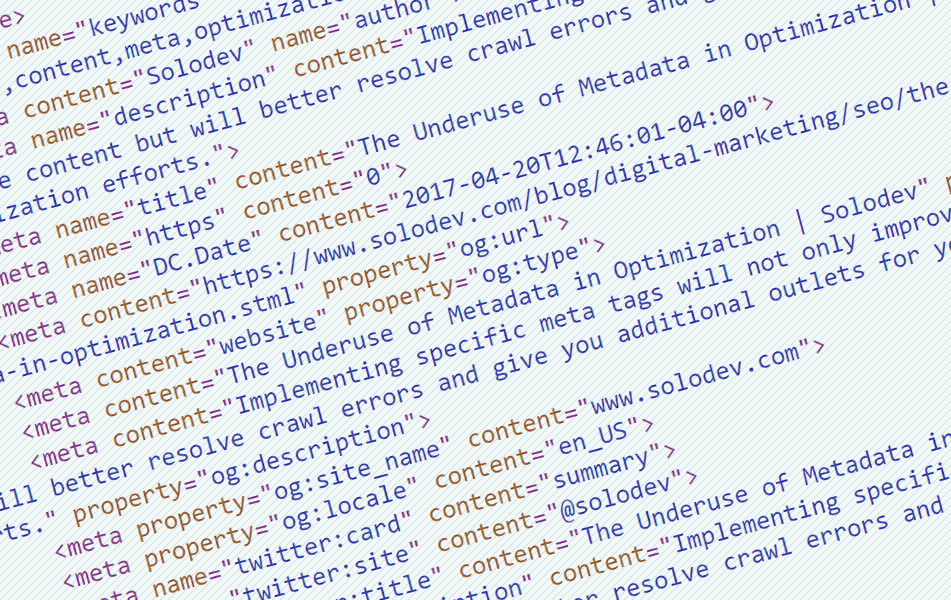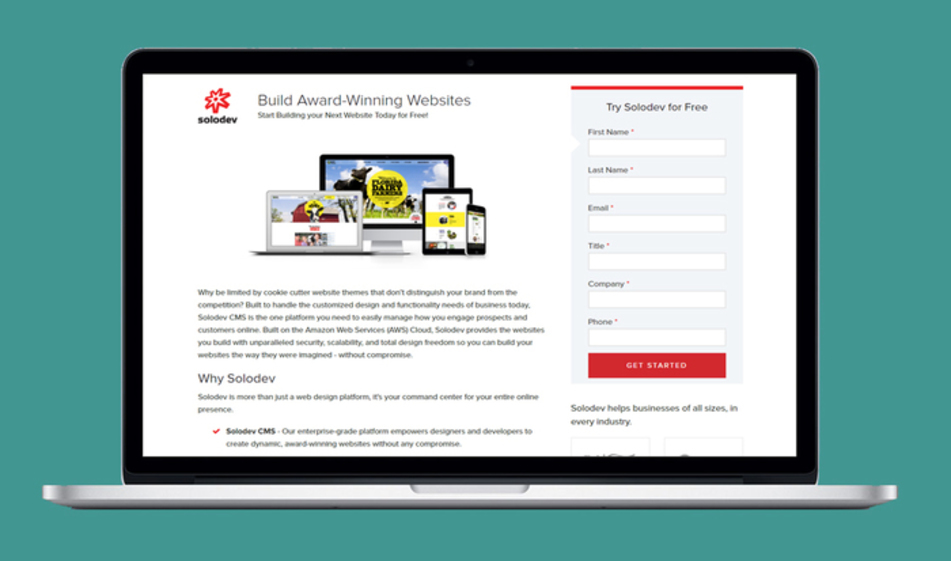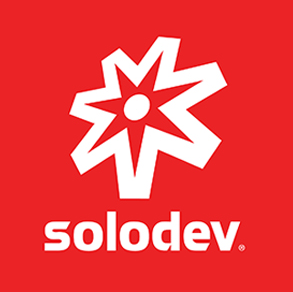The Underuse of Metadata in SEO
Implementing specific meta tags will not only improve your on-page content but will better resolve crawl errors and give you additional outlets for your optimization efforts.
When it comes to your content optimization project, metadata is often overlooked. If used at all, many tend to focus strictly on the basics such as a meta title and meta description. While those tags are certainly important, they nonetheless only scratch the surface of the full scope of meta tag optimization.
As a review, it’s important to understand the role of metadata in regards to your website content. Metadata is ultimately not for the end user but, rather, helps search engines and other programmatic features properly index the page. The end result is that your web pages can be better associated with specific keywords, search queries, and display a variety of information in search results or on social media.
Below are some of the more neglected meta tags that can be used to help better optimize your content and website. Implementing these tags will not only improve your on-page content but will better resolve crawl errors and give you additional outlets for your SEO efforts.
Canonical URL
The canonical link is one of the most significant tags you can implement on your website. At its core, the canonical link helps resolve issues of duplicate content. In situations where multiple pages show the same content, the canonical link specifies the preferred URL to index and display in search results. Additionally, Facebook and Twitter use the canonical link when constructing their sharing features.
Open Graph Tags
The Open Graph protocol helps define the pieces of information in a variety of external applications. The most notable application is Facebook and how it parses a page’s Open Graph tags to construct a shared link. With Open Graph tags, you can specify what image you want to use when sharing a link in addition to its display title. All of this gives you greater freedom in creating a highly targeted and optimized links that can better draw traffic.
Twitter Card Markup
Similar to the Open Graph protocol, Twitter offers a number of meta tags that you can use to better construct how your URL will display in a tweet. Again, this helps you control at a granular level how your content is visually displayed.
Don’t Forget the Basics
While optimizing the above meta tags will take your content to the next level, it’s important not to forget about the elementary title and description tags. While most content management systems will construct these automatically, it’s crucial you review and make sure some basic points are followed. These tips include:
- Keep your meta title short(ish) and make sure it includes your primary page keyword
- Keep your meta description to under 160 characters and ensure it contains your primary and secondary keywords.
- Avoid using duplicate titles and descriptions. This can be difficult as auto-generated tags tend to fall back to the same strings of content.
As web design aficionados, we tend to focus on the frontend and the visual display of your websites. Underneath all of that, however, is a world of tags and structured metadata that play a crucial part of your content optimization efforts. Take the time to properly configure these tags as, in the long run, you’ll begin to see their increased value.








